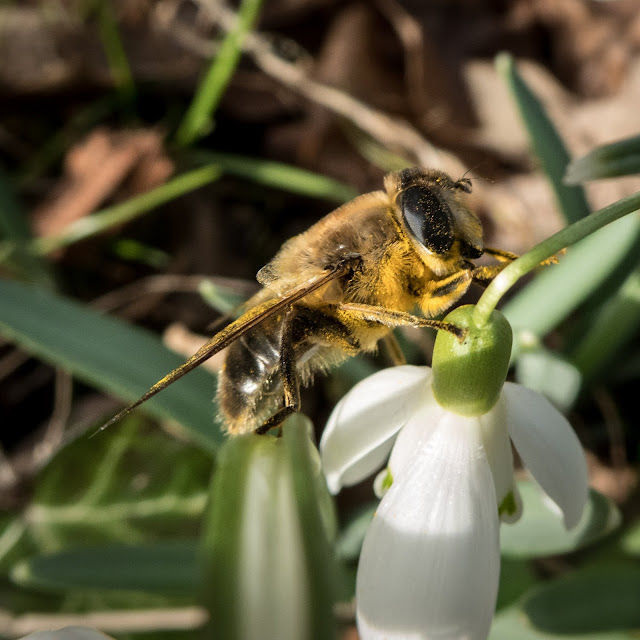The sparrowhawk continues to visit the garden every day. Yesterday he arrived at sunrise and was here until sunset. The light was a little better so I took a few portraits.
Life is very marginal for a bird like this. He spends all day every day trying to get enough to eat. And he has been all on his own since soon after fledging so he has to work it out for himself. If he gets an injury or doesn't make enough kills he will die of starvation, as 80% of young sparrowhawks do. It has been interesting to watch his change of tactics as the weeks have gone by. He now rarely sits on the "sparrowhawk perch" and rarely sits under the gooseberry bushes, both tactics that presumably weren't working.
He does still sometimes sit on top of the feeder and dive around the gooseberries, trying to flush out any small birds trapped there.
Mostly he now likes to sit on top of the compost bins across the other side of the kitchen garden. This makes it very difficult for photos as it is a very oblique view through the double glazing and he is behind the blackcurrants. But it probably gives more cover for ambush and is more sheltered from the recent windy weather. It must be working for him because he was back again before 8.00 this morning.
One recent rainy day was very miserable. He was all over the garden trying to make a kill but I don't think he did that day. I expect he went hungry.
The sparrowhawk is now having a significant effect on the behaviour of the other birds in the garden. They still use the feeders when he is away or on the other side of the house but are constantly on edge. Most noticeably I have only once seen a tree sparrow this year, whereas normally they would be sitting on the top of every nest box, chirruping to proclaim ownership. They obviously know why he is called a sparrowhawk. I hope they return in time to nest when he moves on.

























































